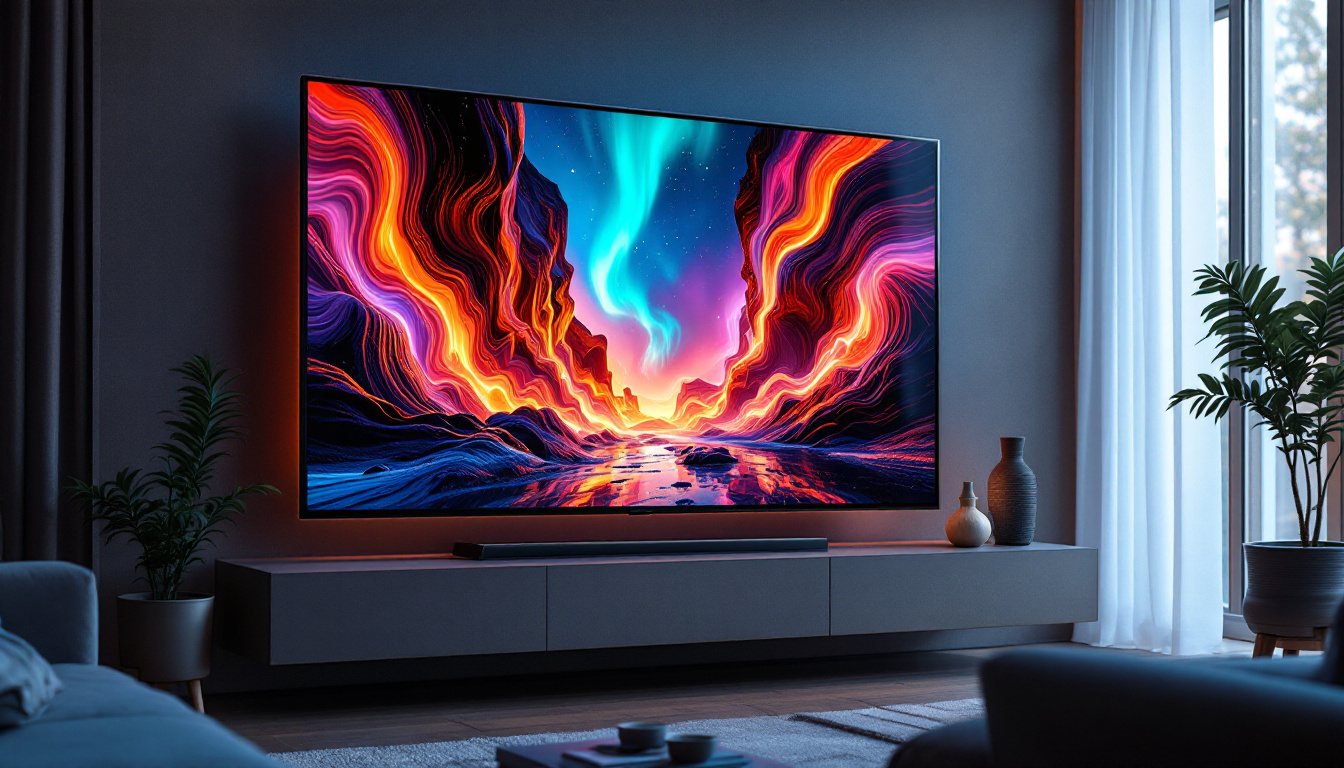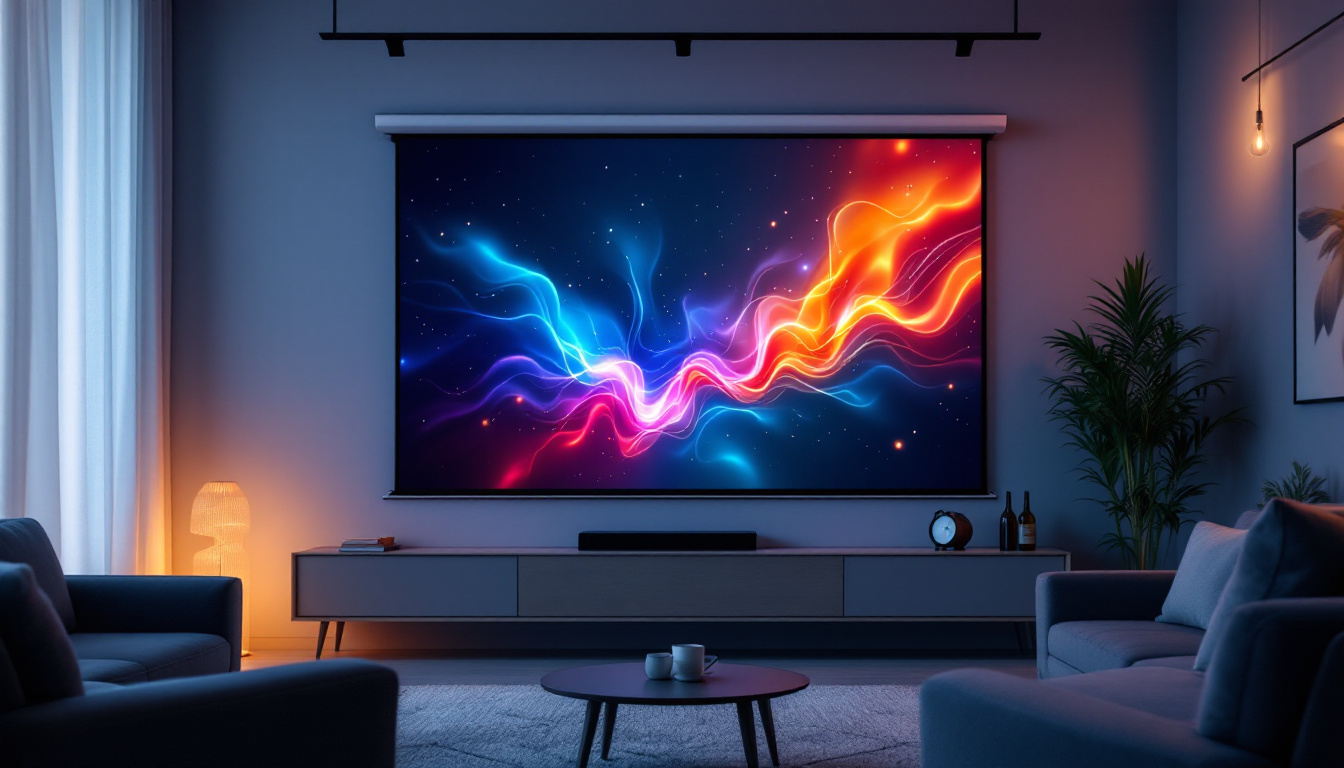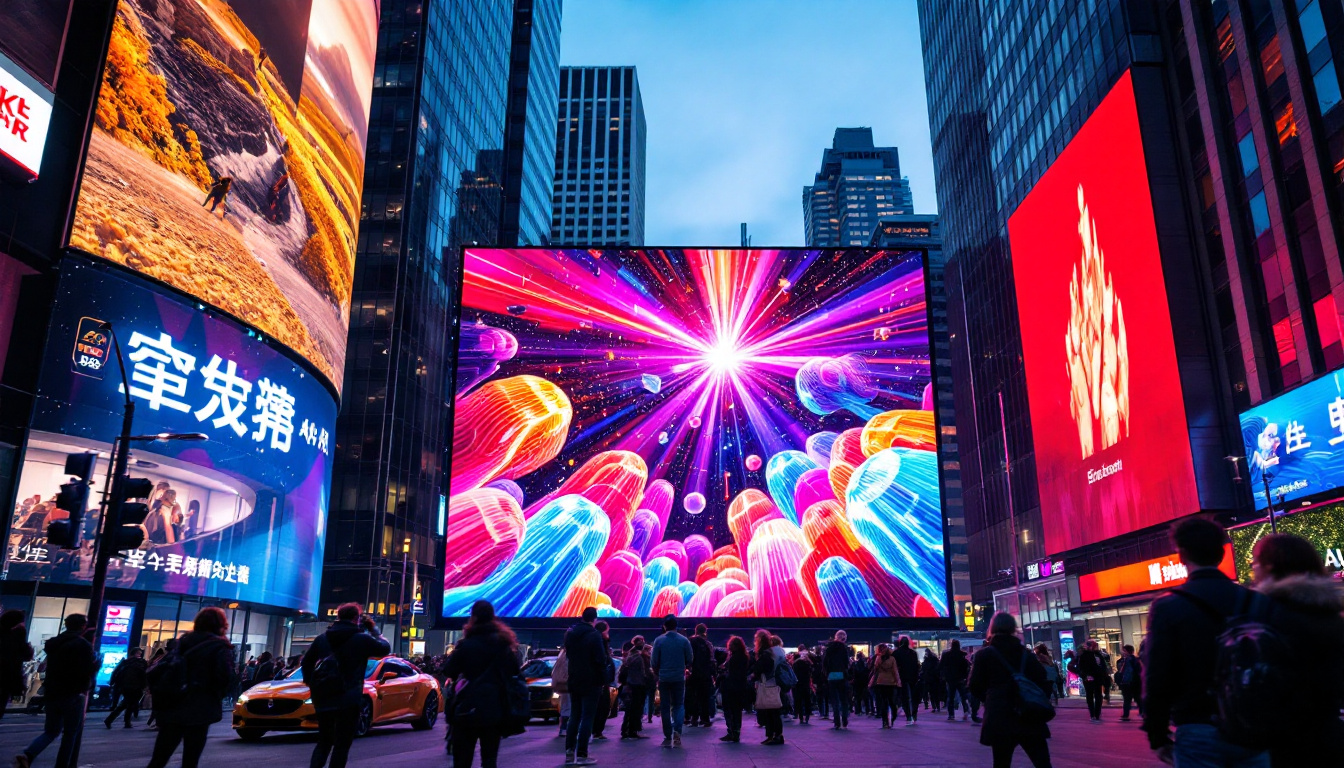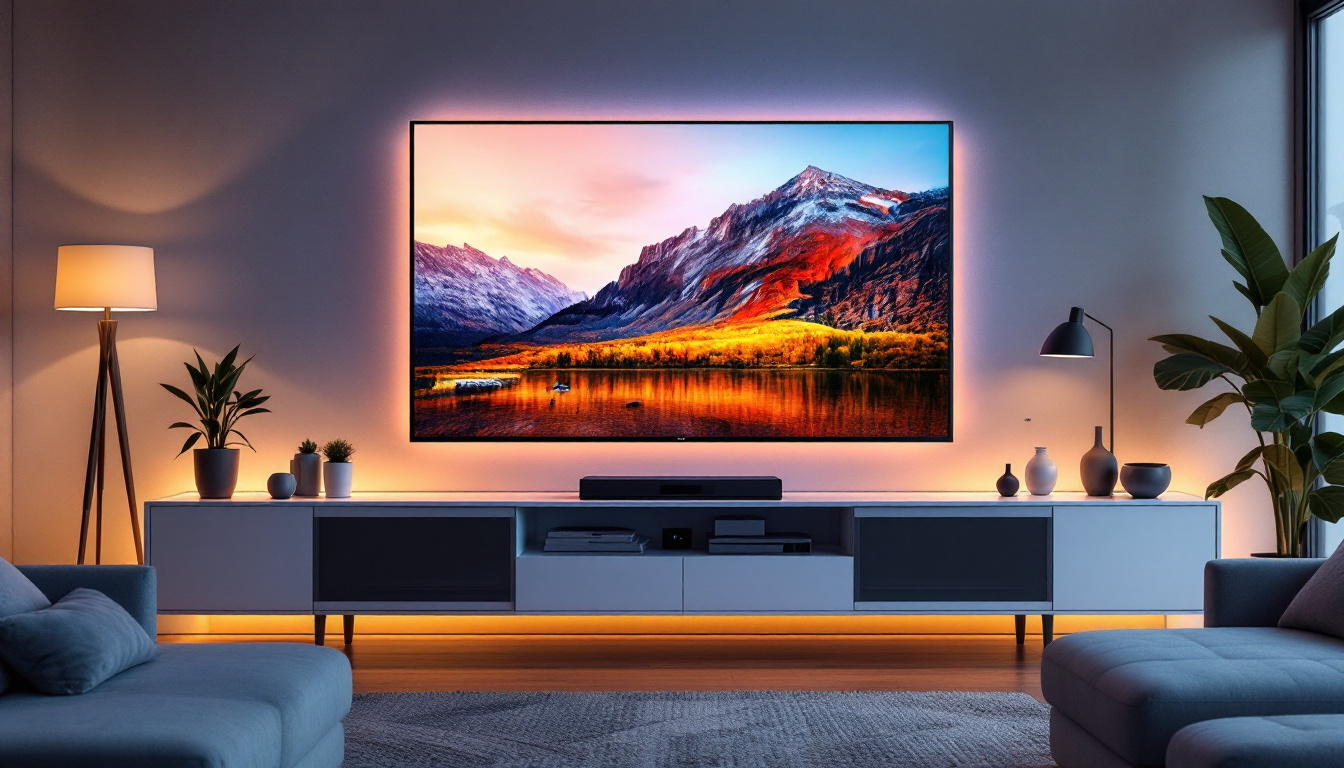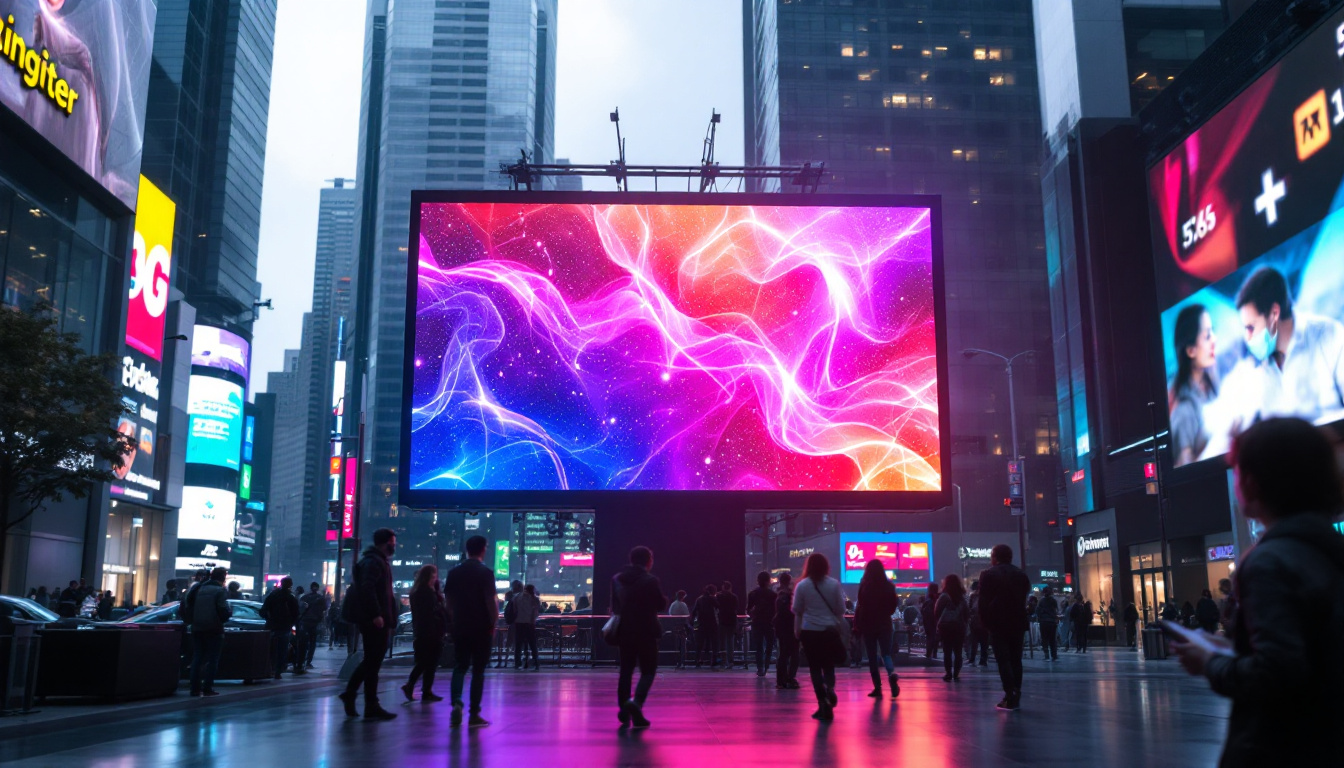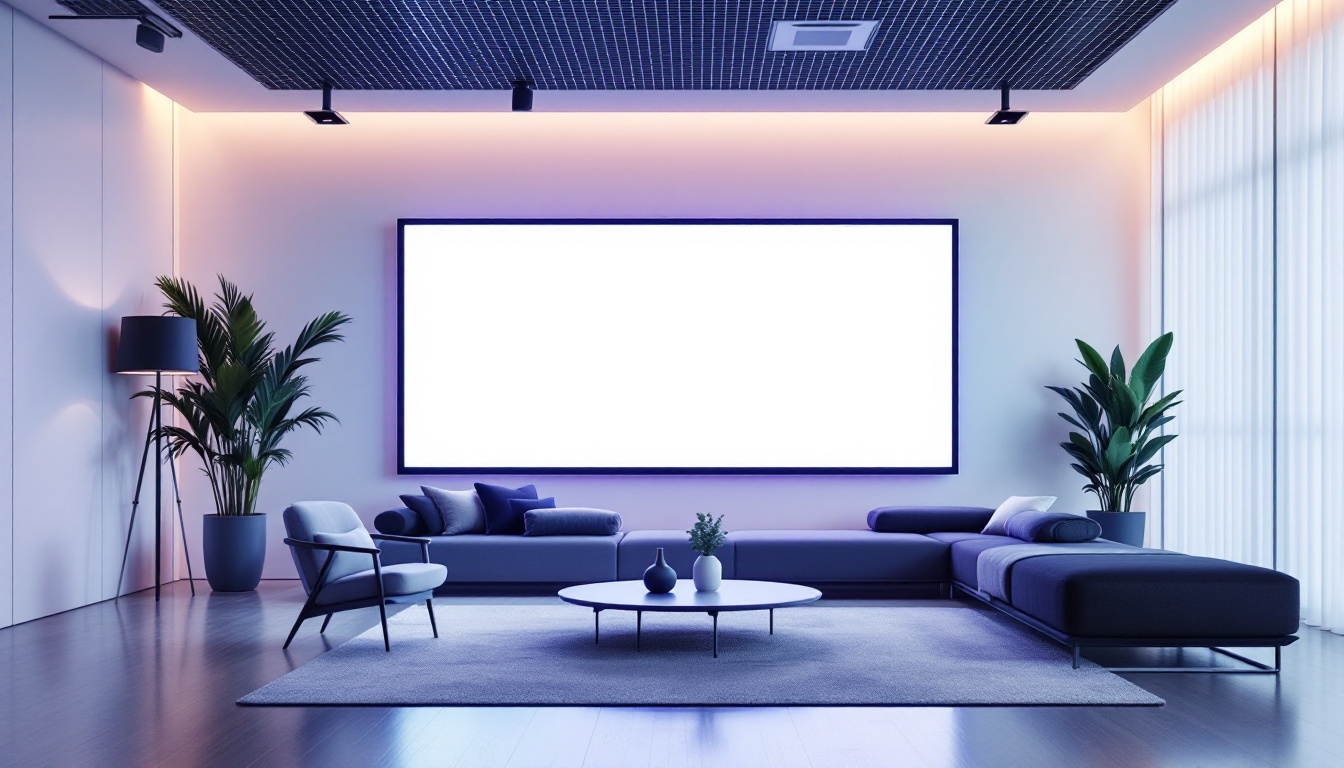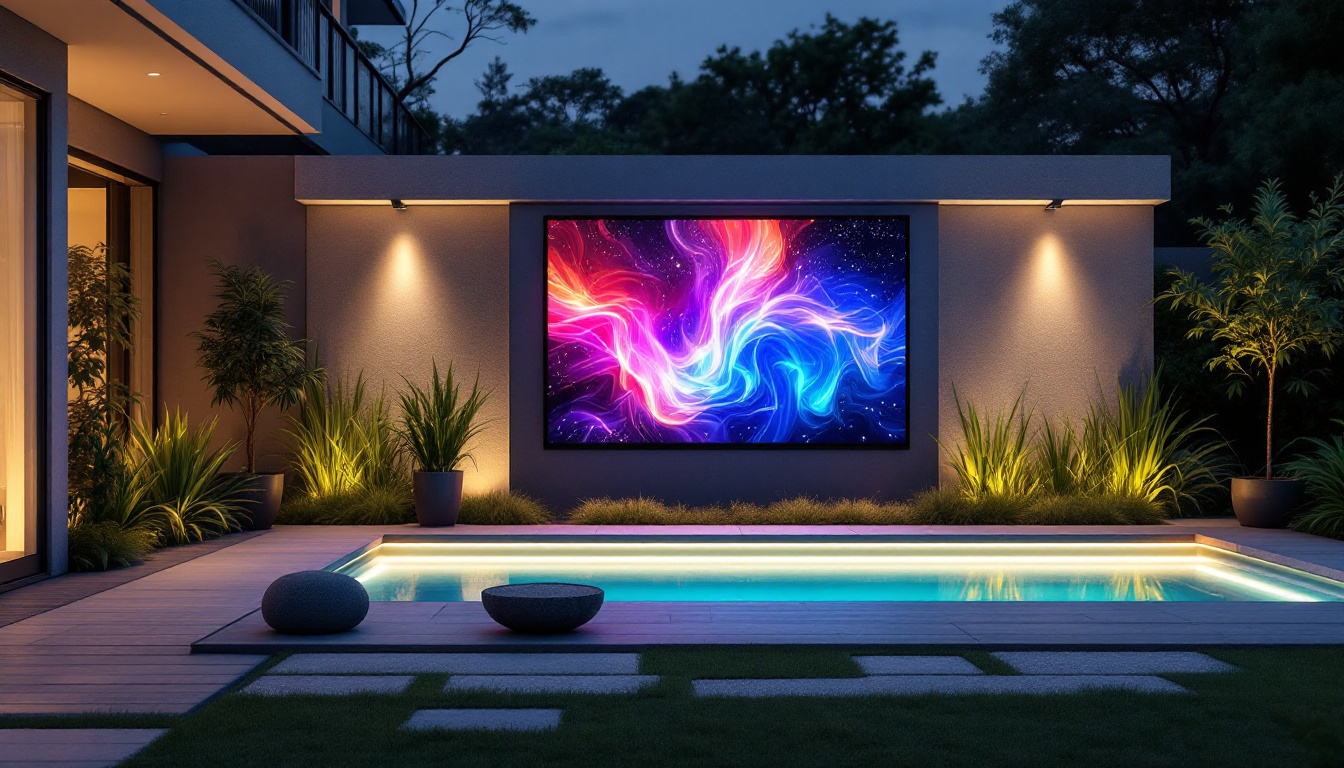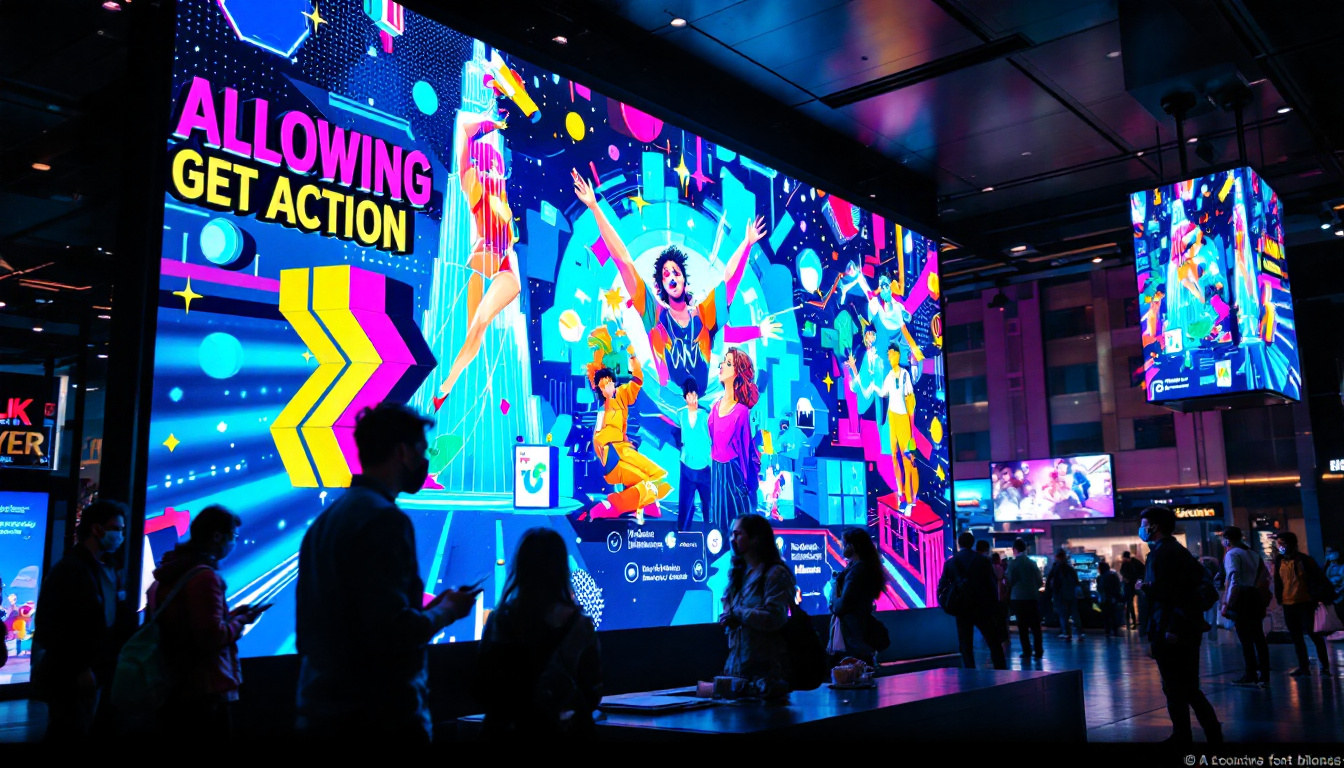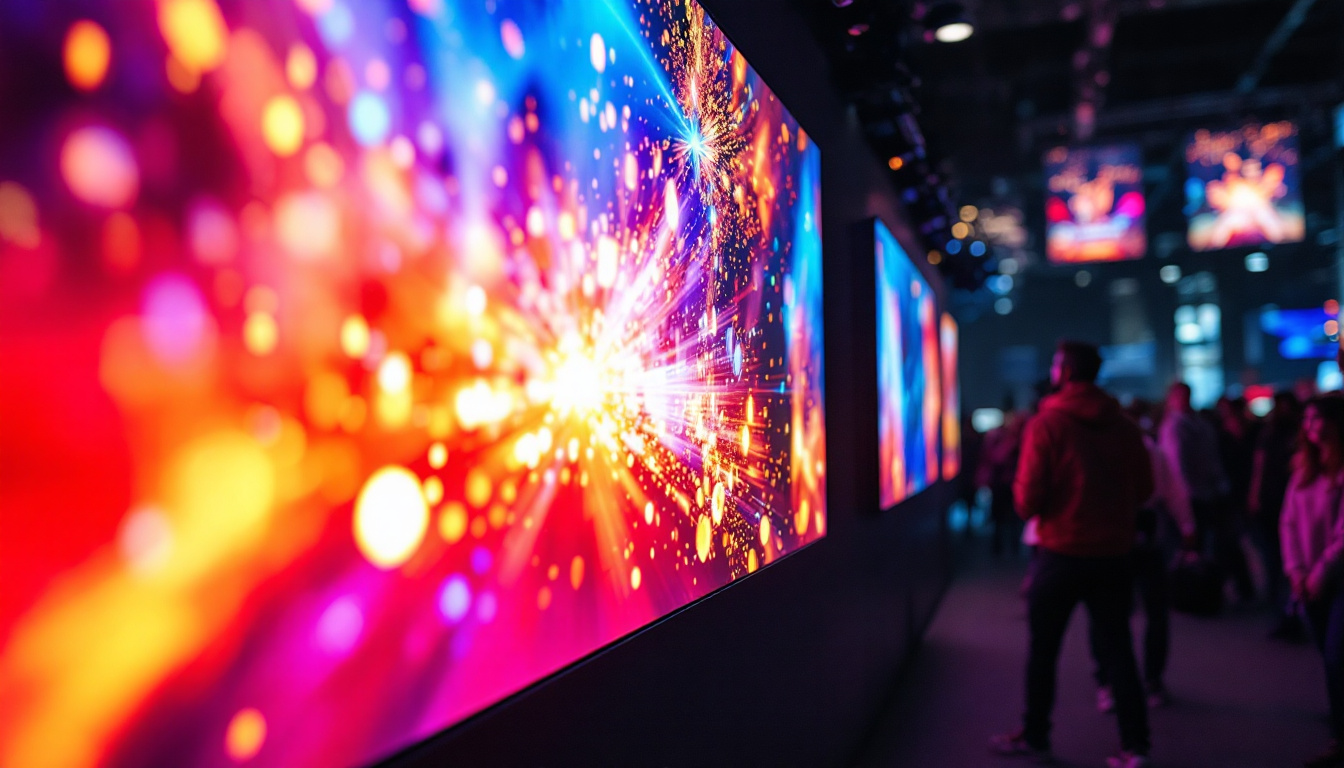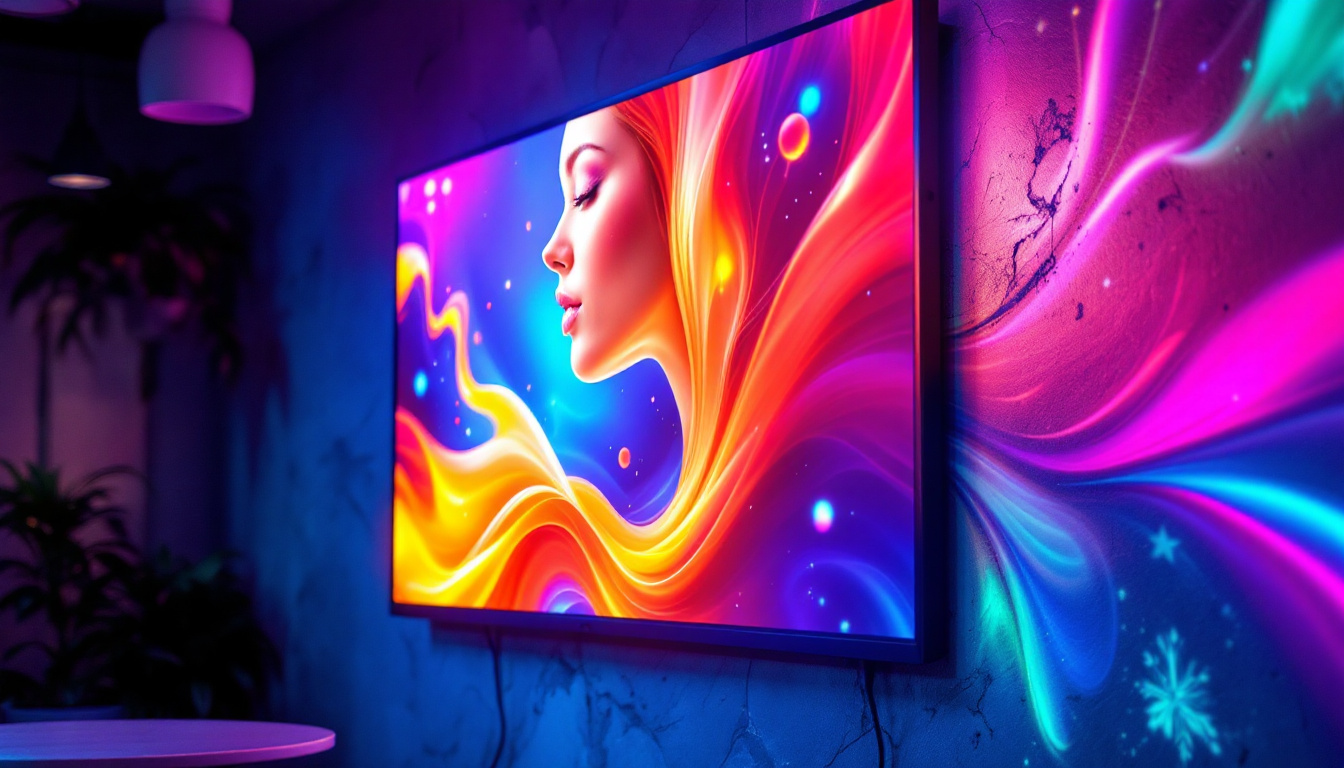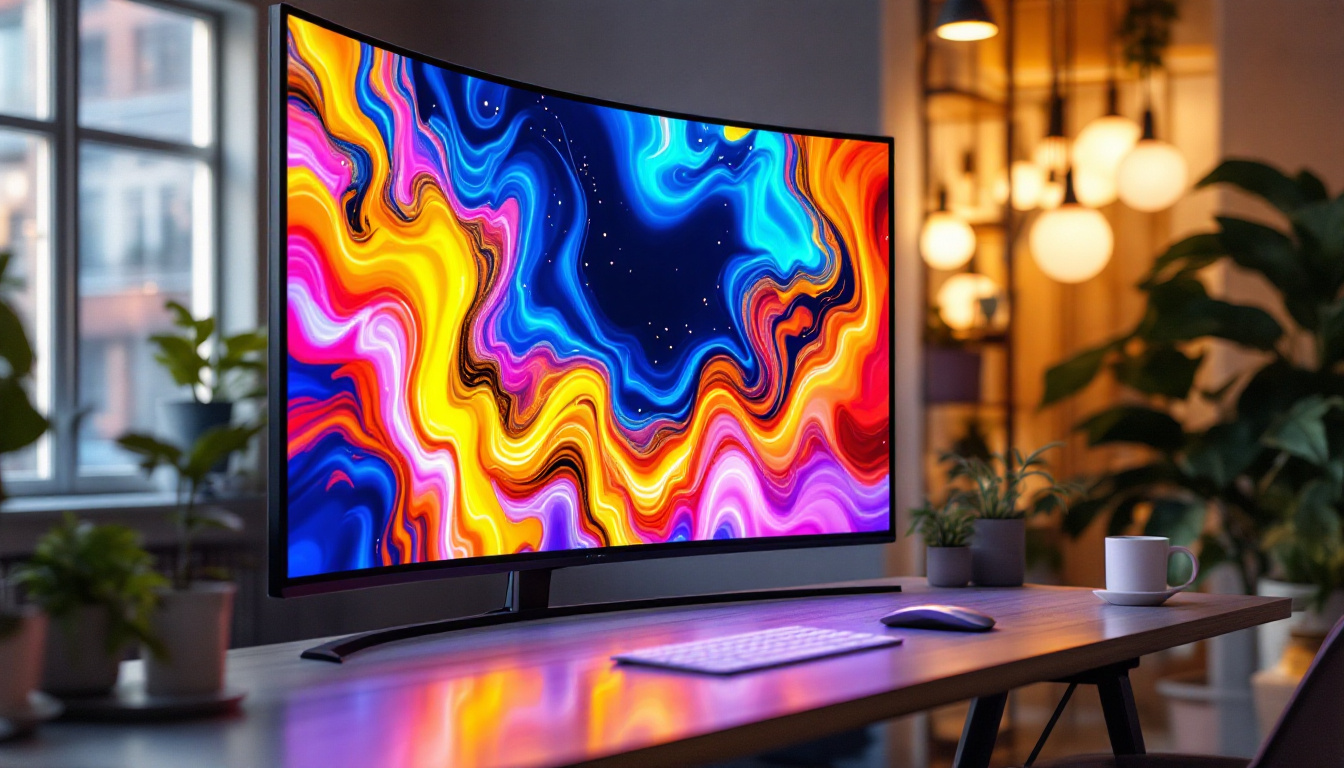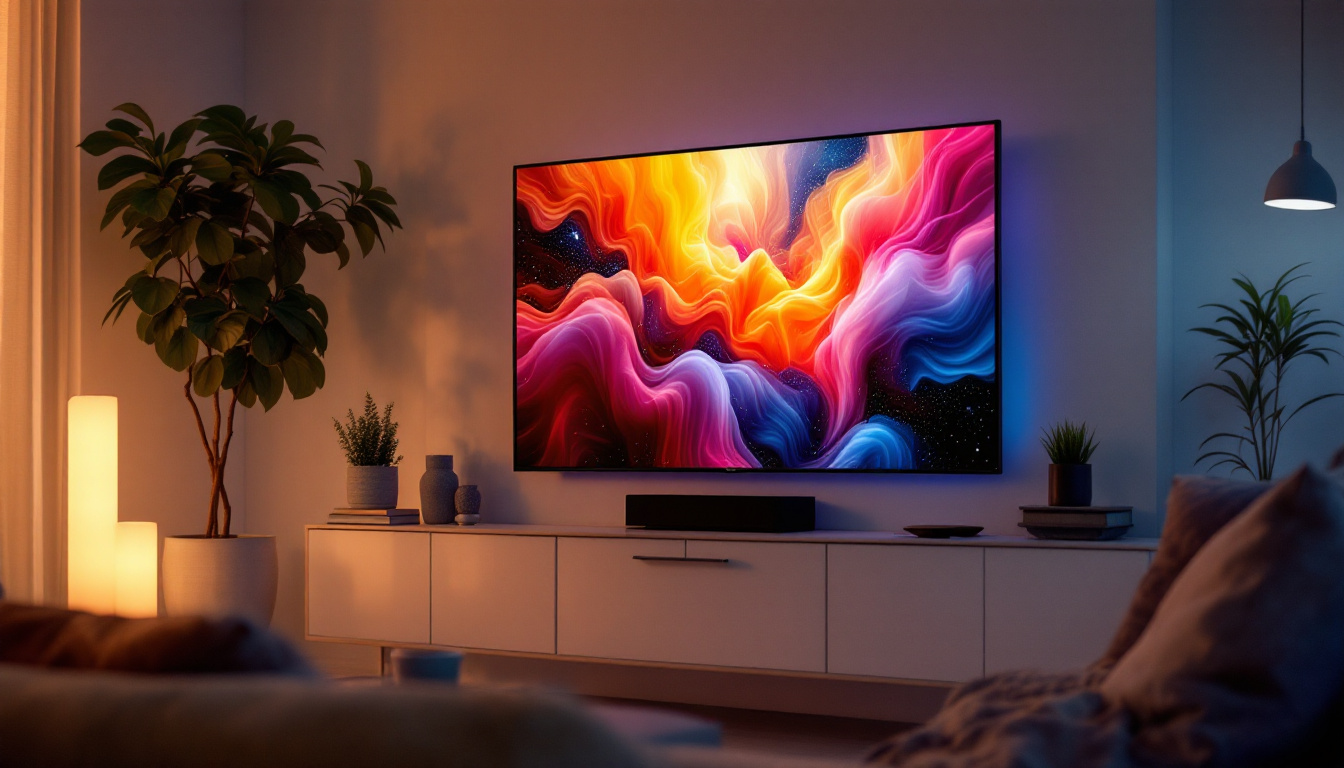In the realm of modern television technology, OLED (Organic Light Emitting Diode) TVs have emerged as a popular choice for consumers seeking superior picture quality and vibrant colors. However, a common question arises: how long can one expect an OLED TV to last compared to traditional LED displays? This article delves into the life expectancy of OLED TVs, explores the underlying technology, and compares it with LED displays to provide a comprehensive understanding for potential buyers.
Understanding OLED Technology
OLED technology has revolutionized the way images are displayed on screens. Unlike traditional LED TVs, which use a backlight to illuminate pixels, OLED panels consist of individual pixels that emit their own light. This fundamental difference leads to several advantages, including deeper blacks, higher contrast ratios, and more vibrant colors. The ability of each pixel to turn off completely results in an impressive dynamic range that enhances the overall viewing experience, making it particularly appealing for movie enthusiasts and gamers alike.
How OLED Works
At its core, an OLED display is made up of organic compounds that emit light when an electric current is applied. Each pixel in an OLED screen is made up of red, green, and blue subpixels, allowing for a wide range of colors to be produced. When a pixel is turned off, it emits no light, resulting in true black levels that are difficult to achieve with LED technology. This unique property not only improves the depth of images but also allows for more intricate details to be visible in darker scenes, enhancing the storytelling aspect of films and video games.
This self-emissive nature of OLED technology not only enhances picture quality but also contributes to its thin and flexible design, allowing manufacturers to create ultra-slim TVs that can easily fit into modern living spaces. The flexibility of OLED panels has also paved the way for innovative designs, such as curved or even rollable screens, which can transform the way we interact with our devices and integrate them into our home environments.
Advantages of OLED Displays
Beyond the stunning visuals, OLED displays offer several advantages over traditional LED TVs. One of the most notable benefits is their wide viewing angles. OLED screens maintain color accuracy and brightness even when viewed from the side, making them ideal for group viewing. This characteristic is particularly beneficial in social settings where multiple viewers gather around a single screen, ensuring that everyone enjoys a consistent and immersive experience. Additionally, OLED technology is known for its fast response times, which can enhance the viewing experience for fast-paced content such as sports or action movies. The quick pixel response reduces motion blur, providing a smoother and more fluid visual experience.
Moreover, OLED TVs are generally more energy-efficient than their LED counterparts, particularly when displaying darker images. This efficiency can lead to lower electricity bills over time, making OLED a more sustainable choice for environmentally conscious consumers. Furthermore, the longevity of OLED displays has improved significantly, with advancements in technology allowing for better resistance to burn-in, a concern that was prevalent in earlier models. As manufacturers continue to innovate, the future of OLED technology looks promising, with potential applications extending beyond televisions to smartphones, wearables, and even large-scale displays in public spaces.
Life Expectancy of OLED TVs
The life expectancy of an OLED TV is a critical consideration for potential buyers. Generally, OLED panels are rated for around 30,000 to 100,000 hours of use, depending on various factors such as usage patterns and settings. This translates to several years of viewing, even for those who watch TV daily. For example, if you watch an OLED TV for about four hours a day, you can expect it to last anywhere from 20 to 68 years, making it a long-term investment for your home entertainment system.
Factors Affecting Lifespan
Several factors can influence the lifespan of an OLED TV. One of the primary concerns is burn-in, a phenomenon that can occur when static images are displayed for extended periods. This can lead to permanent ghosting effects on the screen. However, modern OLED TVs come equipped with features designed to mitigate this risk, such as pixel shifting and screen savers. These technologies work by subtly moving the image on the screen or dimming static elements, thereby reducing the chance of burn-in and extending the overall lifespan of the panel.
Additionally, the brightness settings and content being viewed can also impact the longevity of an OLED display. Higher brightness settings can accelerate wear on the organic materials, while varied content can help distribute usage evenly across pixels, reducing the risk of burn-in. It’s also worth noting that ambient lighting conditions play a role; using an OLED TV in a brightly lit room may require higher brightness settings, which could further affect its lifespan. Therefore, adjusting the viewing environment and settings can significantly enhance the durability of your OLED TV.
Comparing Lifespan with LED Displays
When comparing OLED TVs to traditional LED displays, it is essential to consider their respective lifespans. LED TVs typically have a longer lifespan, often exceeding 100,000 hours. However, they do not offer the same level of picture quality as OLED displays, particularly in terms of contrast and color accuracy. The difference in technology means that while LED TVs may last longer, they often fall short in delivering the deep blacks and vibrant colors that OLED is known for, making it a trade-off between longevity and visual performance.
While OLED TVs may have a shorter lifespan due to potential burn-in issues, advancements in technology continue to improve their durability. Manufacturers are actively working to enhance the longevity of OLED panels, making them a more viable long-term investment for consumers. Innovations such as improved heat dissipation techniques and the development of more resilient organic compounds are paving the way for future OLED models that promise not only stunning visuals but also extended lifespans. As these technologies evolve, it is likely that consumers will see a shift in the perception of OLED TVs as a premium choice that balances both quality and longevity in home entertainment.
Maintenance Tips for OLED TVs
To maximize the lifespan of an OLED TV, proper maintenance is essential. Here are some practical tips to ensure your OLED display remains in optimal condition:
Adjust Brightness Settings
One of the simplest ways to prolong the life of an OLED TV is to adjust the brightness settings. Keeping the brightness at moderate levels can reduce stress on the organic materials and minimize the risk of burn-in. Many modern OLED TVs come with preset modes that optimize brightness for different viewing environments, making it easier for users to find the right balance.
Utilize Screen Savers
Using screen savers can be an effective way to prevent burn-in, especially when watching content with static images, such as news channels or video game interfaces. Screen savers can help keep the pixels active and reduce the likelihood of ghosting effects on the display.
Regularly Change Content
To further mitigate the risk of burn-in, it is advisable to vary the content being viewed. Switching between different types of programming, such as movies, sports, and video games, can help ensure that all pixels are utilized evenly. This practice not only enhances the viewing experience but also contributes to the longevity of the display.
Future of OLED Technology
The future of OLED technology looks promising, with ongoing research and development aimed at improving both performance and longevity. As manufacturers continue to innovate, consumers can expect enhancements in color accuracy, brightness, and overall durability.
Emerging Technologies
One of the most exciting developments in OLED technology is the advent of MicroLED, which combines the benefits of OLED and LED technologies. MicroLED displays offer self-emissive properties similar to OLED while potentially eliminating issues like burn-in. This could provide consumers with the best of both worlds: stunning visuals and an extended lifespan.
Additionally, advancements in materials science are paving the way for more durable organic compounds that could enhance the longevity of OLED displays. As these technologies become commercially available, they may redefine the standards for home entertainment systems.
Consumer Awareness and Education
As OLED technology continues to evolve, consumer awareness and education will play a crucial role in shaping purchasing decisions. Understanding the pros and cons of OLED versus LED displays can empower buyers to make informed choices that align with their viewing habits and preferences. Manufacturers and retailers must also provide clear information about the care and maintenance of OLED TVs to help consumers maximize their investment.
Conclusion
In conclusion, OLED TVs offer a unique blend of stunning picture quality and advanced technology. While their life expectancy may be shorter than that of traditional LED displays, ongoing advancements in the field are addressing durability concerns. By understanding the factors that influence lifespan and implementing proper maintenance practices, consumers can enjoy the full benefits of OLED technology for years to come.
As the market for televisions continues to evolve, staying informed about the latest developments in OLED technology will be essential for anyone looking to enhance their home entertainment experience. Whether opting for an OLED or LED display, the choice ultimately depends on individual preferences and viewing habits.
Investing in a high-quality television is not just about the immediate viewing experience; it’s also about ensuring that the technology will stand the test of time. With careful consideration and proper care, an OLED TV can provide an exceptional viewing experience that transforms any space into a cinematic haven.
Discover the Future of Visual Experience with LumenMatrix
As you consider the longevity and visual excellence of your next television, remember that the same principles of cutting-edge technology and immersive viewing apply across all forms of LED displays. LumenMatrix, a leader in LED display innovation, offers an array of solutions that bring vibrant colors and dynamic content to life. From Indoor and Outdoor LED Walls to specialized displays for vehicles, sports, and custom installations, LumenMatrix is at the forefront of transforming environments with captivating visual experiences. Check out LumenMatrix LED Display Solutions today and step into the future of visual communication.

